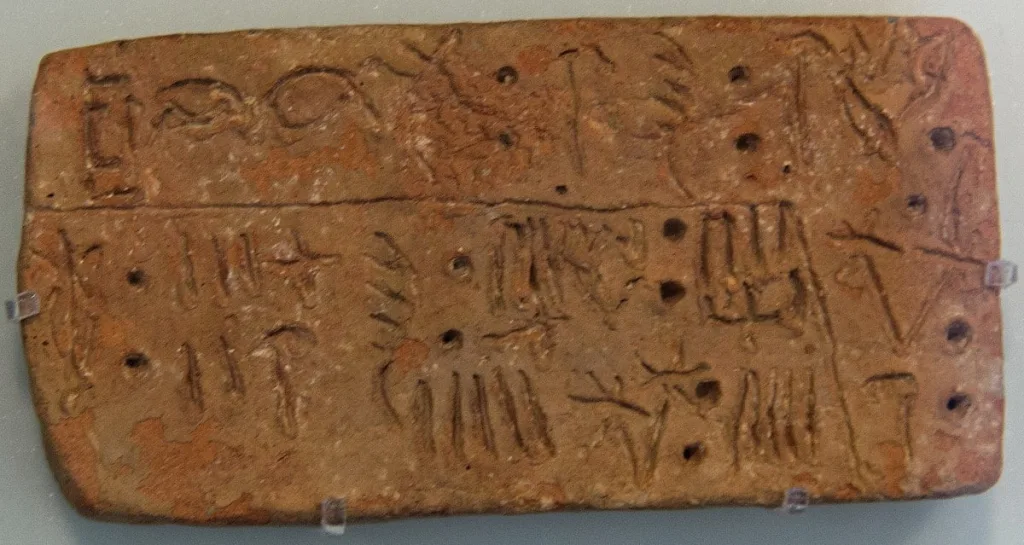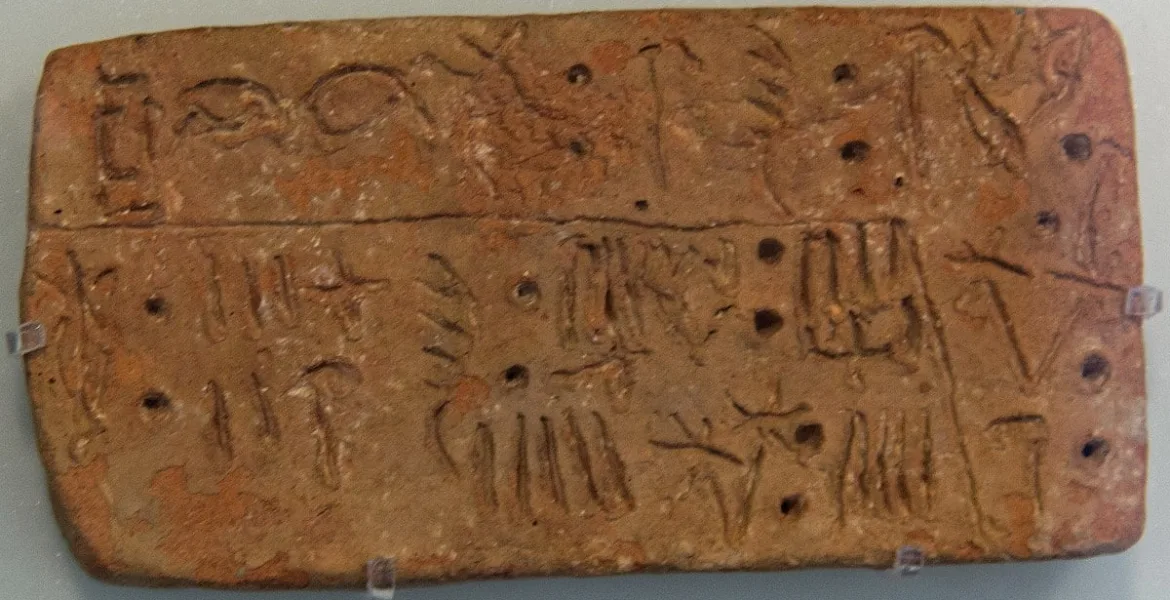Linear A, the enigmatic writing system utilized by the ancient Minoans between 1800 and 1450 BC, has long baffled scholars and archaeologists. Although it remains largely undeciphered, recent breakthroughs in decoding symbols, particularly those related to numerical fractions, have fueled optimism among researchers.
Discovered and named by British archaeologist Sir Arthur Evans, Linear A was prevalent in the governmental and religious writings of the Minoan Civilization. Unlike its successor, Linear B, which the Mycenaeans used for an early form of Greek, Linear A has resisted complete decryption, leaving many ancient texts in this script unreadable.

The term "linear" stems from its method of inscription using a stylus to incise lines into clay tablets, distinguishing it from "cuneiform," where wedge-shaped letters are pressed into clay. Linear A belongs to a script group akin to hieroglyphics but evolved independently from Egyptian and Mesopotamian writing systems.
Modern technology, particularly artificial intelligence (AI), has become pivotal in deciphering ancient scripts. Researchers collaborating with companies like IBM and Google's DeepMind are leveraging AI to analyze and interpret texts faster than human capabilities allow. The potential breakthroughs extend beyond decoding Linear A to addressing fundamental questions about linguistic history and potentially uncovering lost works by ancient Greek and Roman writers.
The challenges posed by Linear A lie in its unique characteristics, including an unknown "progenitor language" and a lack of translated texts. While Linear B, found on the same island tablets, was successfully deciphered in 1953, Linear A's complexity has persisted.
Noteworthy efforts by researchers from MIT and Google's DeepMind involve AI systems automatically translating Linear B texts, a significant achievement offering hope for unravelling Linear A. The researchers are exploring relationships between different languages, employing data mining and natural language processing to uncover patterns within Linear A.
As AI continues to push the boundaries of decipherment, Linear A stands on the brink of revealing its secrets, potentially shedding light on the linguistic evolution of one of the earliest civilizations in human history.
Read More -Greece’s Minoans were indigenous Europeans, DNA finds


